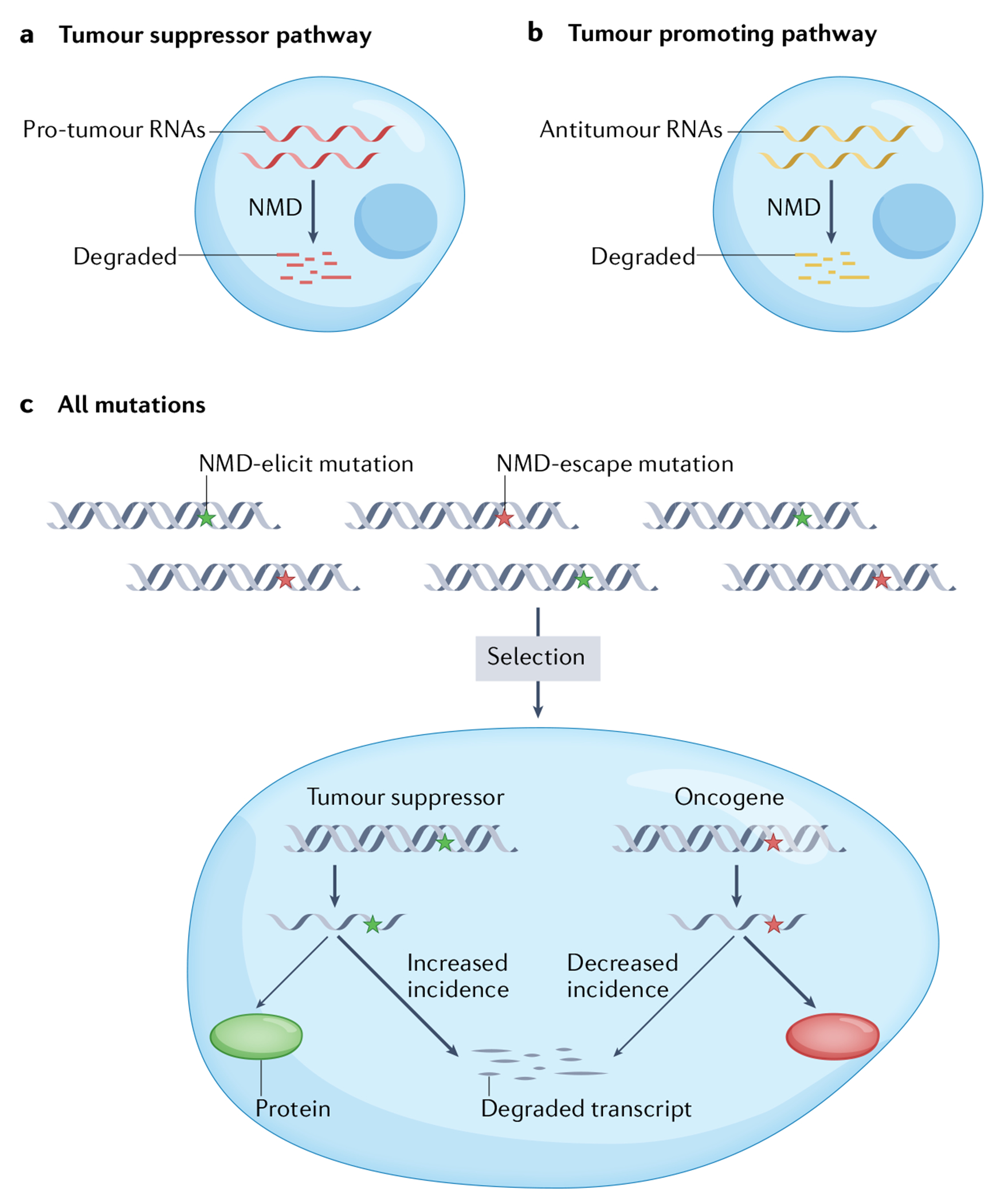Fig. 3 |. The dual role of nonsense-mediated RNA decay in cancer.

a | Many lines of empirical evidence suggest that nonsense-mediated RNA decay (NMD) is unfavourable to tumours (see the main text). While the mechanism by which NMD inhibits tumours is largely unknown, there is increasing evidence that NMD acts in this capacity by degrading pro-tumour RNAs, including mRNAs encoding proteins involved in signalling pathways and stress responses, as well as non-coding RNAs, including long non-coding RNAs (see FIG. 5). b | NMD can also promote cancer. NMD is thought to favour malignancy through its ability to downregulate the expression of mRNAs encoding both normal and mutant tumour suppressor proteins, as well as other proteins that arrest tumour cell proliferation and/or progression, or lead to programmed cell death. NMD is also known to degrade mutant mRNAs encoding immunogenic neoantigens that would otherwise drive immune-mediated rejection of tumours. c | Randomly generated premature termination codon (PTC) mutations either trigger NMD (‘NMD-elicit’ mutations) or do not trigger NMD (‘NMD-escape’ mutations), depending on their position in an mRNA (see FIG. 2). Advantageous PTC mutations have been shown to be selected for during tumour evolution. Thus, NMD-sensitive PTC mutations tend to be selected for in tumour suppressor genes to decrease their expression. In contrast, NMD-insensitive PTC mutations are enriched in oncogenes to preserve their expression.
